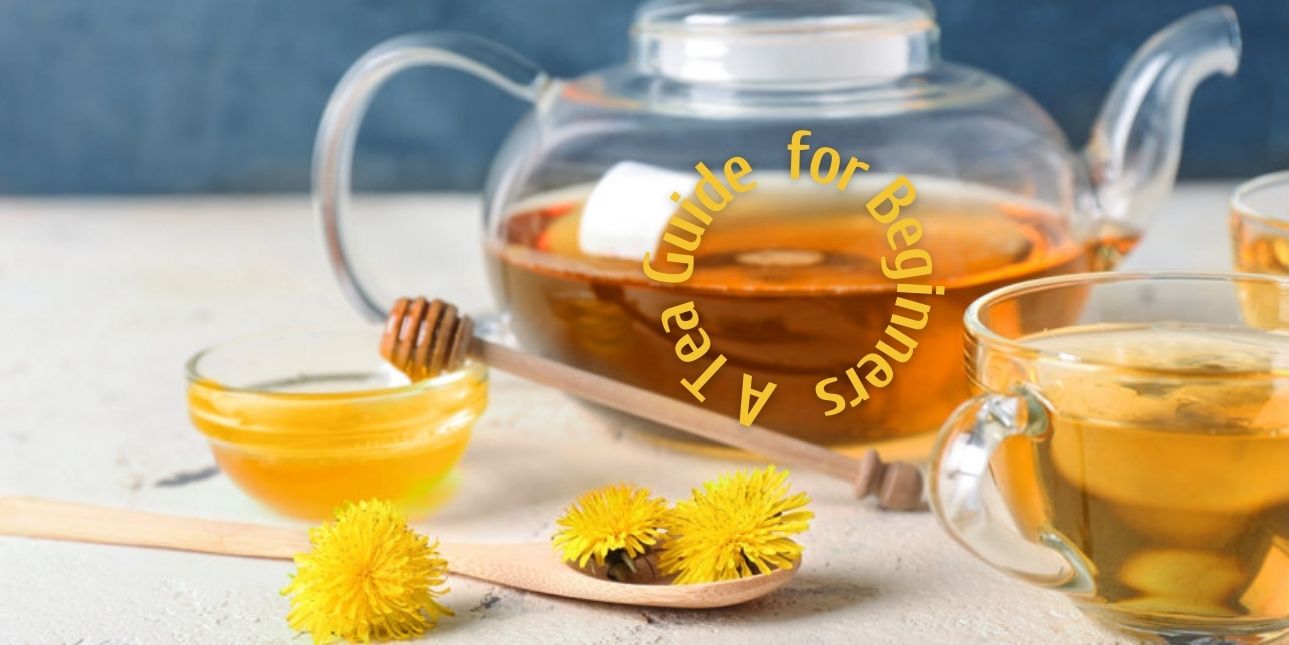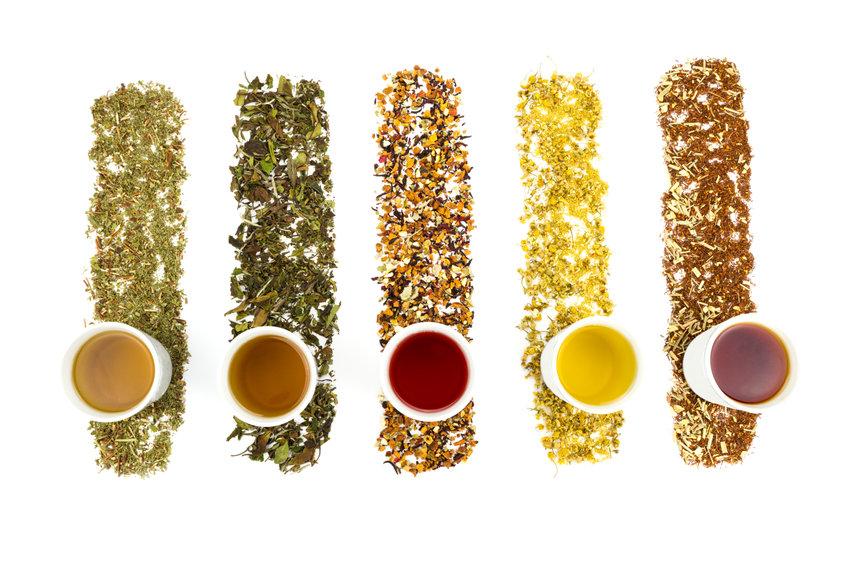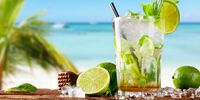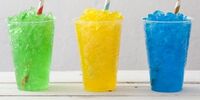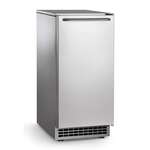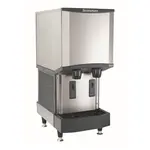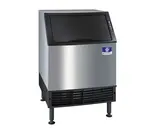Tea is one of the most widely consumed and cherished beverages in the world, with over 273 billion liters consumed worldwide each year. There are several types of tea found globally and it has certainly picked up popularity in the United States in recent years. This has created a sudden uptick in demand for tea, and several restaurants and cafes are catching up to this increasing demand. This calls for an understanding of tea, tea brewing methods, and the types of tea so that novices can get into the fray by starting with tea for beginners. Tea has doubled up as an effective, and even healthy alternative to coffee in the last few years, making it a vast potential market business owners can tap into. We cover the best tea for beginners, types of tea, tea brewing methods, tea guides, and the best tasting teas so you can keep up with the emerging trends in beverage consumption today.
Understanding Tea
Tea originated in the eastern part of the world where the tea plant is native. Originally found in India and China, leaves of the plant Camellia sinensis are traditionally boiled in either water or milk, along with an added blend of spices to make a rich brew of flavor, aroma, and taste. Traditionally, for a beverage to be called tea, it must contain a boiled broth of tea leaves. Tea that contains tea leaves is also called true tea. Most types of tea today don’t contain tea leaves and aren’t considered tea at all by some culinarians. However, several blends of herbs, flowers, spices, dried fruit, and extracts are brewed into a variety of concoctions and form the basis of tea for beginners and feature in most tea guides.
Best Tasting Teas for Beginners & Tea Brewing Methods
Here are several true teas, flavored teas, and herbal tisanes to give you an idea about the best tea for beginners, tea brewing methods, and the best tasting teas.
White Tea
This is a type of true tea that is made by drying the buds of new leaves that sprout on the plant. The tea buds bear small and white hairs that add to the rich flavor of the tea once dried. This tea is dried under direct sunlight and can also be dried using specialized machinery. It is special because it contains some of the lowest amounts of caffeine, thanks to minimal oxidation and curing during the drying process. There are various types of white tea such as Fujian white tea, Darjeeling white tea, White Peony, and Silver Needle. The taste of this tea is quite delicate and fruity. The tea brewing methods for all white teas include adding between one and two teaspoons of tea leaves for every six to eight ounces of water. The water must be maintained between 170 and 180F to avoid ruining the flavor. White tea can be steeped anywhere between a minute to five minutes in a tea brewer.
Green Tea
Though green tea is ideally a true tea, the tea leaves aren’t oxidized and allowed to accumulate caffeine during the process. Green tea is made by hand-picked tea leaves that are either dried in a wok as in the case of Chinese varieties or steamed as seen in matcha varieties from Japan. Green teas contain rich flavor and most of the tannins, pigments, and antioxidants that tea leaves are endowed with naturally. Green teas taste very fresh, earthy, and even floral in certain varieties. Some popular varieties of green tea include Dragon Well tea, Gunpowder tea, & Longjing tea from China and Matcha, Genmaicha, Gyokuro, and Sencha from Japan. Green teas are some of the best tasting teas for beginners and can be brewed by adding a teaspoon of green tea leaves to around six to eight ounces of water at 180 F and steeping it for between three and five minutes. Adding the tea leaves to boiling water and steeping for too long will cause a bitter taste.
Oolong Tea
This variety of tea is very popular in China. The tea leaves are partially oxidized and the resulting brew tastes something like a blend of both green and black tea. The tea leaves are either plucked, stored in bamboo, and laid out to dry on mats, or are placed, stored, and fired in a wok to cause drying and oxidation. If the former method is used, the leaves are regularly redistributed so that oxidation can occur throughout the mix. The taste of Oolong tea is more earthy and composed compared to green and white tea. Oolong tea also has a higher caffeine content compared to white and green tea, thanks to the oxidation process. The tea leaves are either rolled into small beads, spread into strips, or are a blend of both. About a teaspoon of tea leaves are added to water at 200F and steeped for up to three minutes to produce a rich brew of this tea for beginners.
Black Tea
Black tea is the most popular variety of tea found all over the world and is one of the most widely consumed teas. This tea is simple to brew and is a perfect tea for beginners. Black tea has the highest caffeine content due to the complete oxidation process that happens before the natural or assisted drying process. The leaves are completely darkened and either rolled or made into strips before packaging. Black tea when brewed can appear red and is also called red tea in certain parts of the world. It’s one of the best-tasting teas with a grounded, fruity, and slightly tangy profile. Some popular varieties of black tea include Ceylon tea, Assam tea, Darjeeling tea, Lapsang, Souchon, and Keemun. The tea must be steeped in water above 215 F for at least five minutes in a tea brewer so that all flavors are brought together. Many places also choose to serve black or red tea cold with large cubes of ice, leading to the widespread popularity of iced tea.
Flavored Teas & Chai
Flavored teas infuse a blend of spices, dried fruit rinds, and black tea to produce a unique broth that brings about some of the most popular and best-tasting teas in the world. Some popular flavored teas include Masala Chai from India and Earl Grey & Lavender Tea from England. While the British varieties infuse orange rinds, lemon zest, and lavender, the Indian varieties use a blend of several spices like clove, ginger, cinnamon, cardamom, and nutmeg. The tea must be steeped in water over 215 F for five minutes to bring a rich flavor blending tea leaves, spices, citrus rinds, and lavender.
Herbal Tisanes
Herbal tisanes are not true teas as they do not contain tea leaves, instead, they have a blend of flower petals, dried berries, fruit rinds, and spices. A variety of herbal tisanes have gained popularity, some of them are- hibiscus tea, chamomile tea, rooibos tea, peppermint tea, and turmeric tea. With several attributed health benefits, herbal tisanes combine both flavor and good health, giving rise to a well-balanced beverage. Due to the lack of tea leaves, these teas lack caffeine. Herbal tisanes are brewed by steeping the blend in a tea brewer in water above 210 F for at least five minutes or more to give a rich brew imbibed with all the flavor possible.
With this handy tea guide for beginners, you can begin experimenting with different varieties of the best tea for beginners so that you can get your very own tea service station up and running. Help your customers enjoy the benefits of great taste and good health by offering the best-tasting teas on your menus.

